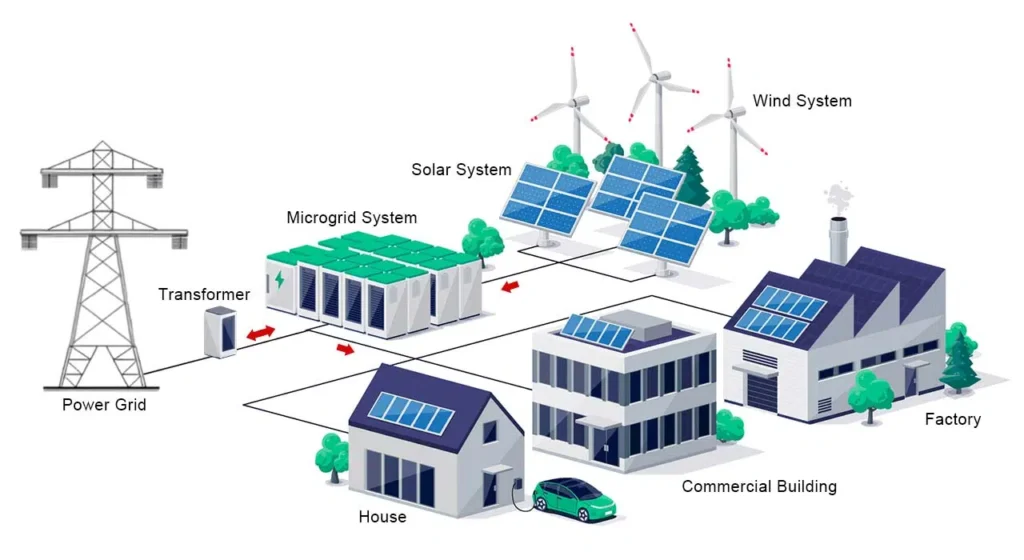Microgrids represent a transformative approach to energy management and distribution, offering a myriad of advantages that align with the global shift towards sustainability and resilience. By integrating renewable energy sources like solar panels, wind turbines, and small modular nuclear reactors, microgrids can significantly reduce greenhouse gas emissions, mitigating the impact of energy production on climate change. The use of on-site energy management systems, coupled with energy storage solutions and the batteries of electric vehicles, creates a dynamic network capable of balancing supply and demand. This not only optimizes power production but also enhances the stability of the grid.
Moreover, microgrids bolster the resilience of critical services such as public administration, healthcare, and education by providing reliable backup power in the event of outages. This is particularly crucial in areas prone to natural disasters or targeted attacks, ensuring continuity of essential functions when they are needed most. Additionally, by localizing energy production and reducing reliance on long-distance transmission, microgrids minimize energy loss and lower operational costs. Utilizing cost-effective and abundant renewable resources further increases the economic viability of these systems.

However, the journey towards widespread microgrid adoption is not without its challenges. The initial investment for infrastructure development, along with the ongoing maintenance and energy storage costs, can be substantial. Microgrids also disrupt the traditional energy market, potentially diminishing the demand and revenue of established utility providers. This disruption can lead to resistance from these entities, impacting the market penetration and financial success of microgrid solutions.
Technical hurdles, such as maintaining grid stability during the integration or disconnection from larger grids, and navigating the complexities of power sales agreements, present additional obstacles. To overcome these challenges and remain competitive, microgrid operators must be agile, adapting to the evolving landscape of energy markets, technological advancements, and consumer expectations. Embracing innovation and fostering collaboration among stakeholders will be key to unlocking the full potential of microgrids, paving the way for a more sustainable and resilient energy future.

